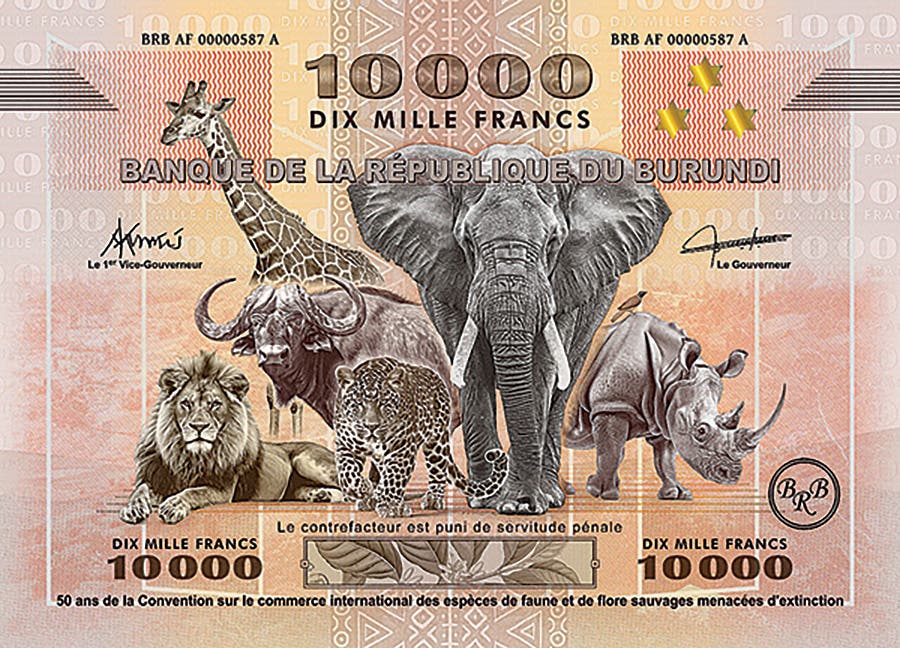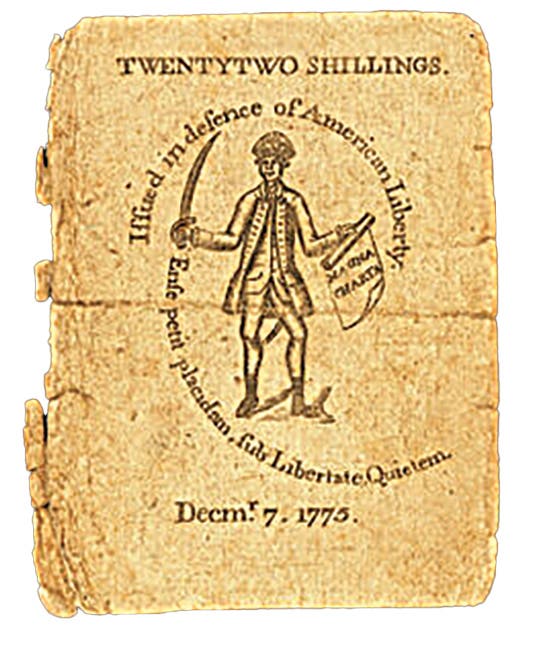Facelift for European Union Bank Notes
A bridge is obviously functional. It can also symbolize connecting two land masses or countries that are otherwise separated by some sort of physical or psychological chasm. This is implied…
A bridge is obviously functional. It can also symbolize connecting two land masses or countries that are otherwise separated by some sort of physical or psychological chasm. This is implied by the bridge vignettes that appear on bank notes issued by the European Central Bank for the European Union.
The message has resonated as the EU is now into its second decade in which most of its members use the euro as their common currency.
On Dec. 6 ECB President Christine Lagarde announced, “They [vignettes on bank notes] are a tangible and visible symbol that we stand together in Europe, particularly in times of crisis, and there is still a strong demand for them. After 20 years, it’s time to review the look of our bank notes to make them more relatable to Europeans of all ages and backgrounds.”
ECB Executive Board member Fabio Panetta added, “We want to develop euro bank notes that European citizens can identify with and will be proud to use as their money The process to redesign the euro bank notes will run in parallel with our investigation on a digital euro. Both projects aim to fulfill our mandate of providing safe and secure money to Europeans.”
According to the ECB, the current bank note designs are based on “an ages and styles’ theme, represented by windows, doorways, and bridges.”
The euro was introduced virtually in 1999. Physical coins and bank notes followed in 2002. Since coins have a “national” side on which any design the nation of issue wants to depict can be minted, there is little chance of a makeover of euro coins unless the common design appearing on the EU side is changed.
The issuing authority of EU bank notes can only be identified via a letter accompanying the serial number. The letter preceding the serial numbers on EU bank notes represent the country of issue as follows: B for Lithuania, C for Latvia, D for Estonia, E for Slovakia, F for Malta, G for Cyprus, H for Slovenia, J for the United Kingdom, K for Sweden, L for Finland, M for Portugal, N for Austria, P for Netherlands, R for Luxembourg, S for Italy, T for Ireland, U for France, V for Spain, W for Denmark, X for Germany, Y for Greece, and Z for Belgium. Denmark, the United Kingdom, and Sweden do not use the euro currency system, but have this letter reserved for their use. Luxembourg has not issued any notes.
Euro bank notes are issued in denominations of €5, €10, €20, €50, €100, €200, and €500. The €500 remains as legal tender but was last issued by the central bank in 2016.
Each denomination has a different color and size. Vignettes have a common theme of European architecture in various artistic eras. The front of each denomination features windows or gateways while the back depicts different bridge types. Architecture is meant to be stylized rather than to represent any existing monument. Windows, doorways, and bridge vignettes were selected to symbolize the spirit of European openness, cooperation, and communication.
The first series of EU notes was released through 2013 when the second or Europa series that is somewhat similar but has been updated was introduced. The ECB intends to upgrade or redesign the bank notes every seven years, this being motivated by the potential for counterfeits.
According to an ECB report on counterfeiting, there are about 10 counterfeits detected in every one million Swiss bank notes, about 50 in every million euros, about 100 in every million US bank notes, and about 300 in every million United Kingdom notes.
The Dec. 6 issue of EuroNews quoted an ECB spokeswoman as saying, “Since the launch of the euro bank notes, this is the first time that we are launching the process to redesign the themes and the design of the euro bank notes. Previously, with the Europa Series Two, we only refreshed the design to accommodate a range of new and enhanced security features, which will also make it easy to differentiate between the two existing series.”
New bank note designs must be approved by the ECB governing council. The council is comprised of representatives of each of the 19 member states. An advisory panel will develop new themes based on proposals from euro area national central banks. The proposed new themes will likely take into account history, natural and social sciences, the visual arts and technology.
Once there is agreement on the design proposals the public will be asked for input. A design competition will follow, followed once again by further ECB consultation with the public. The central bank governing council will then make the final design approvals.








